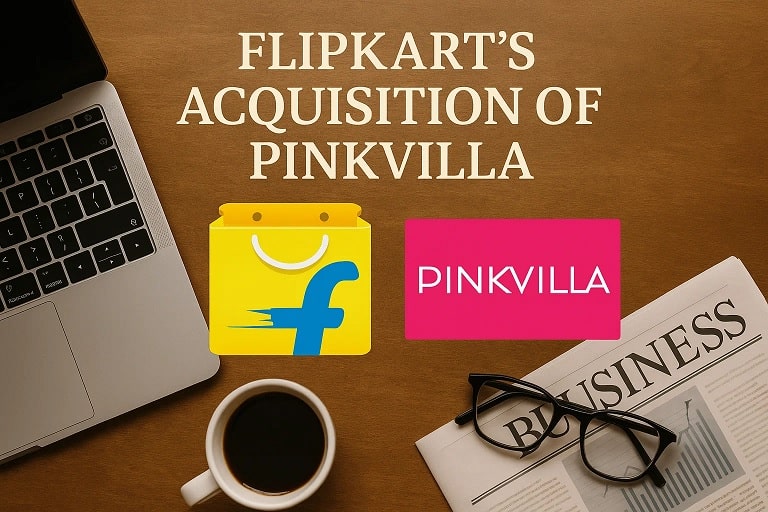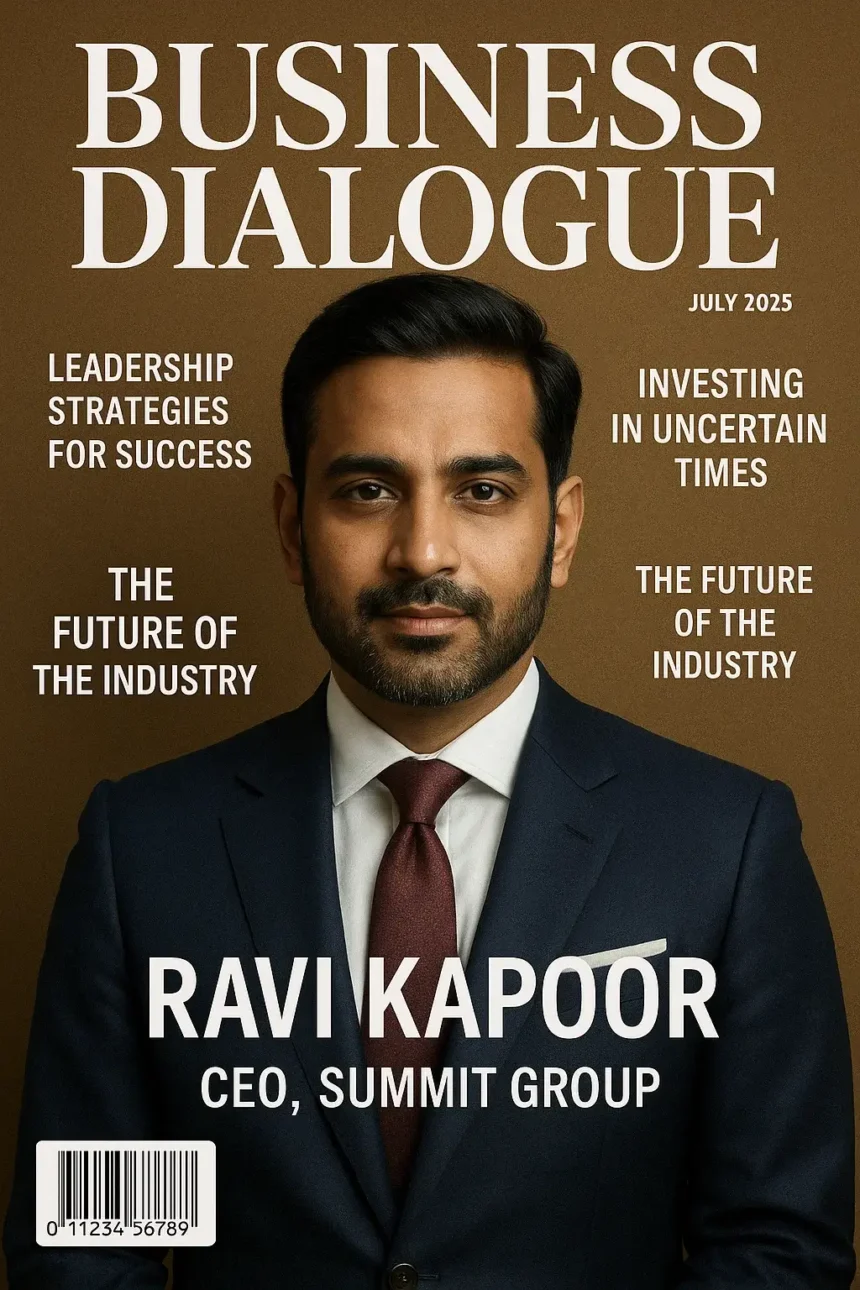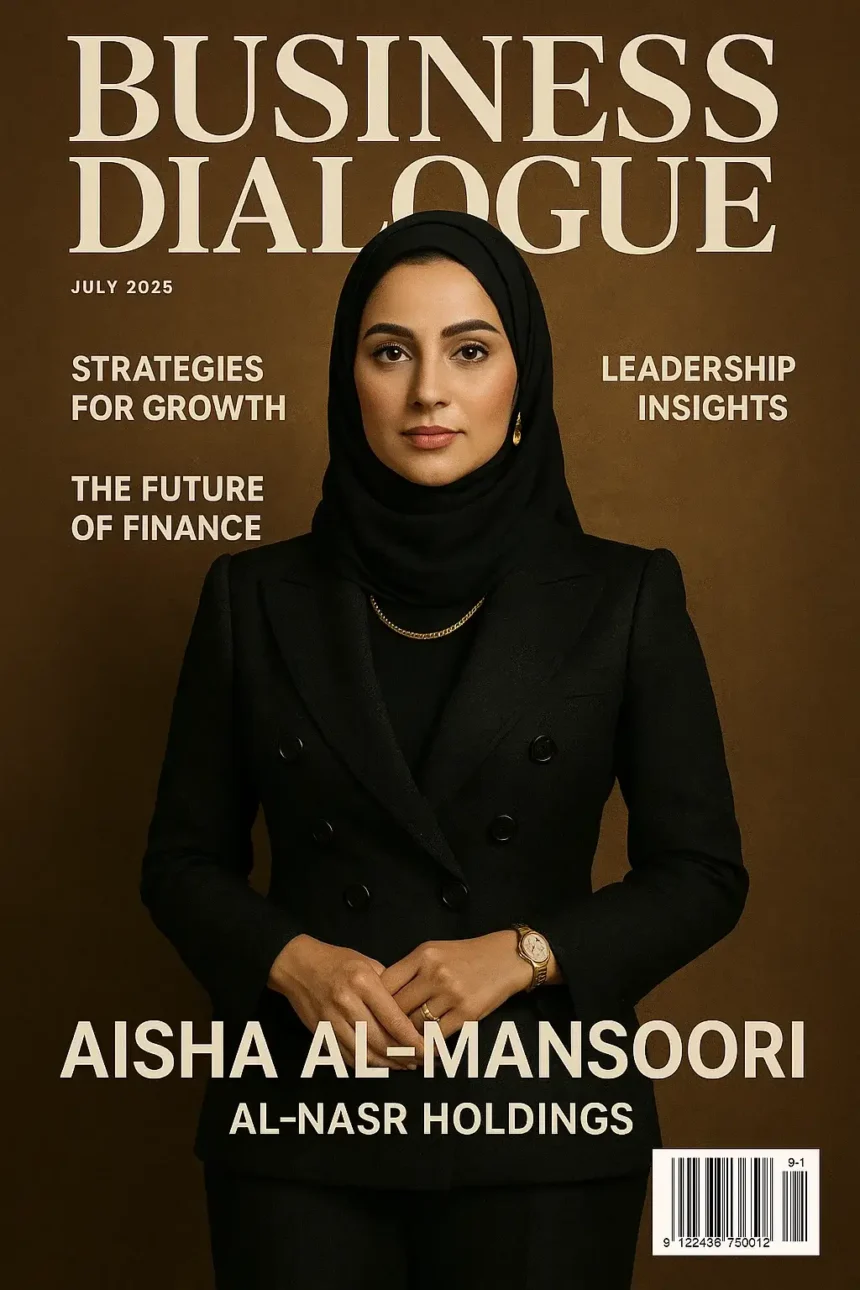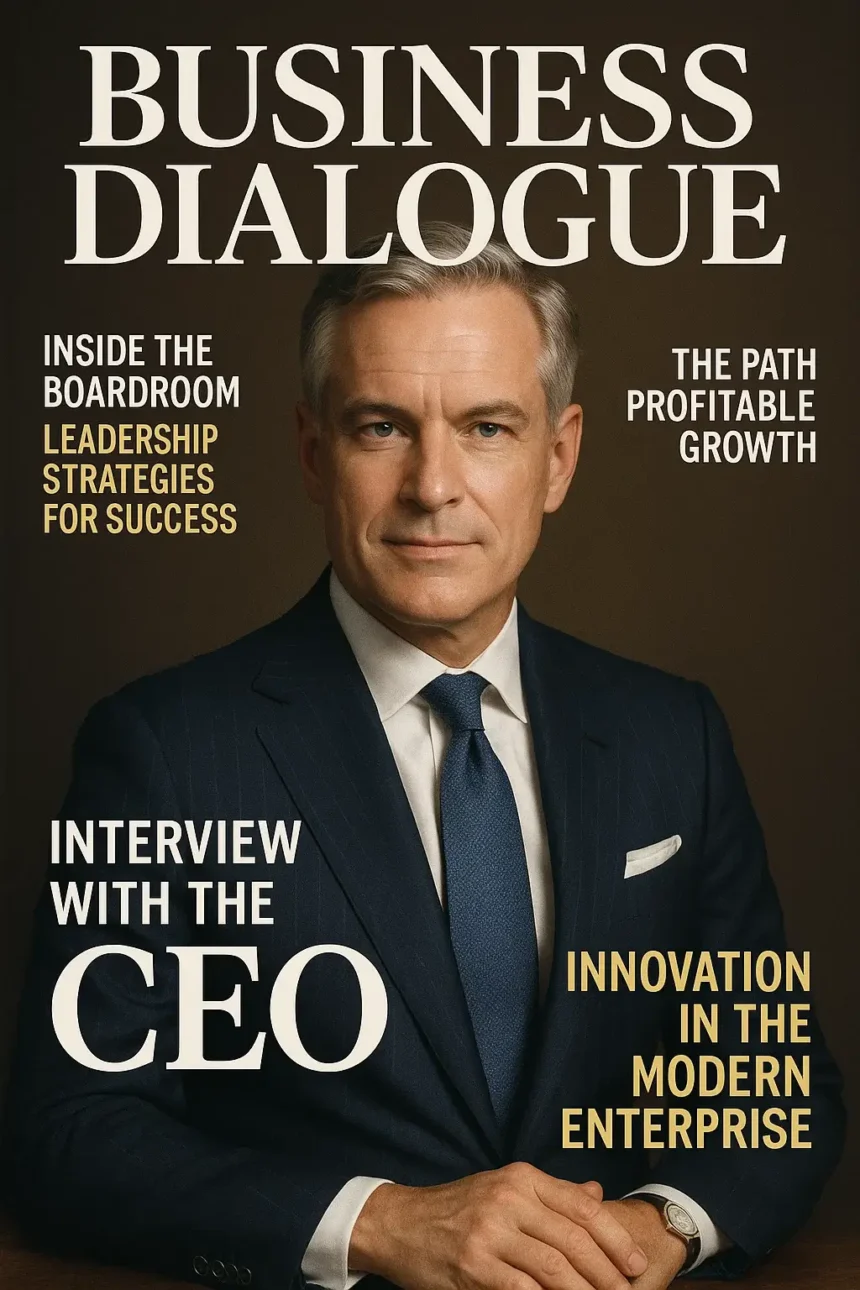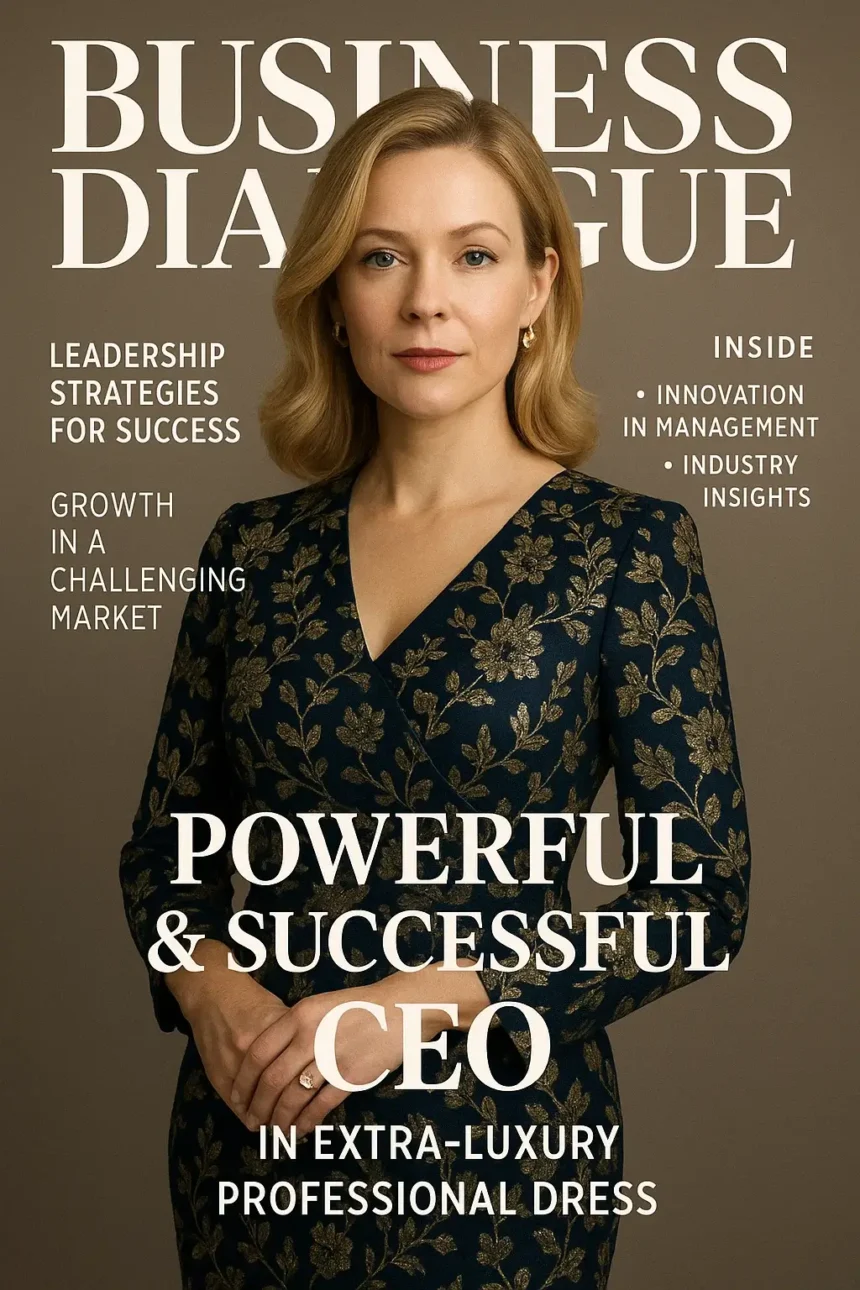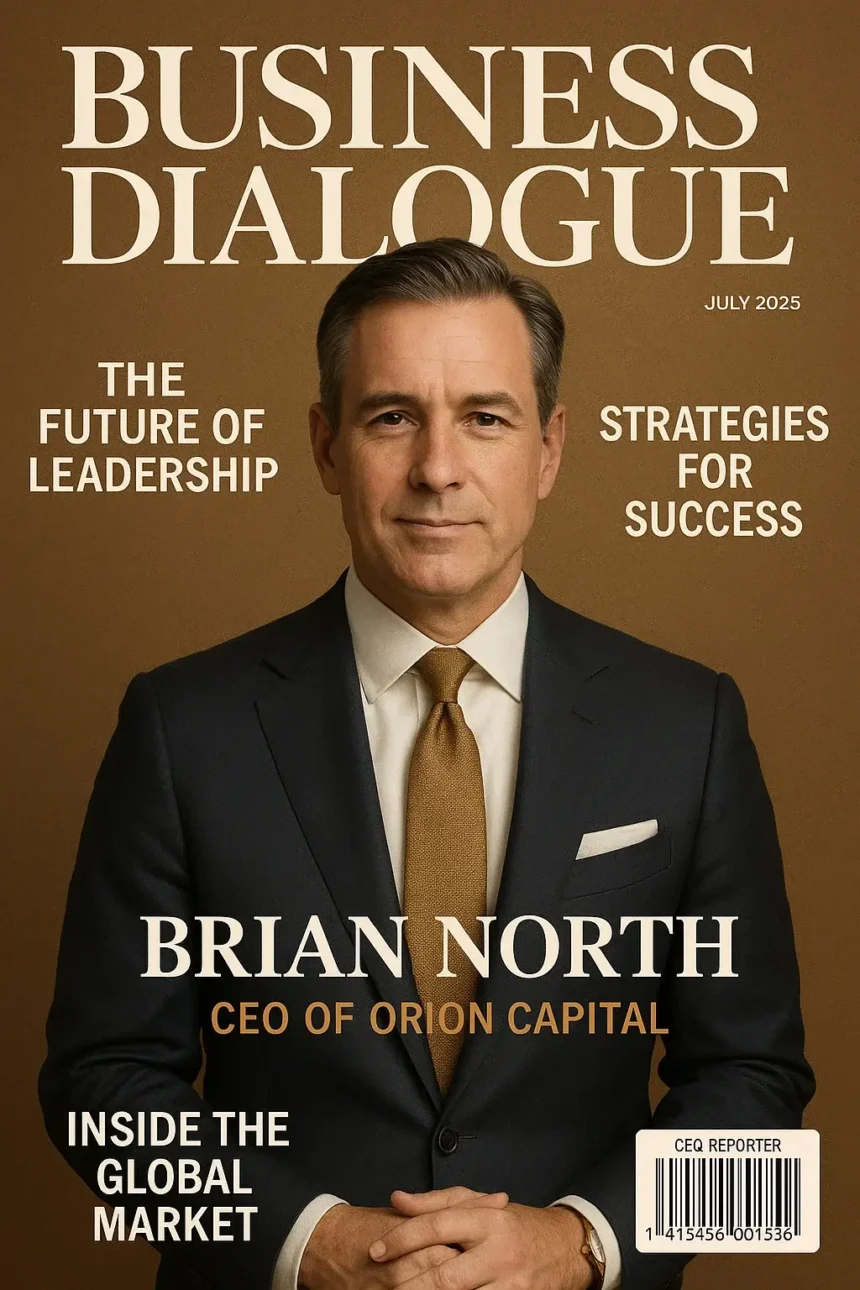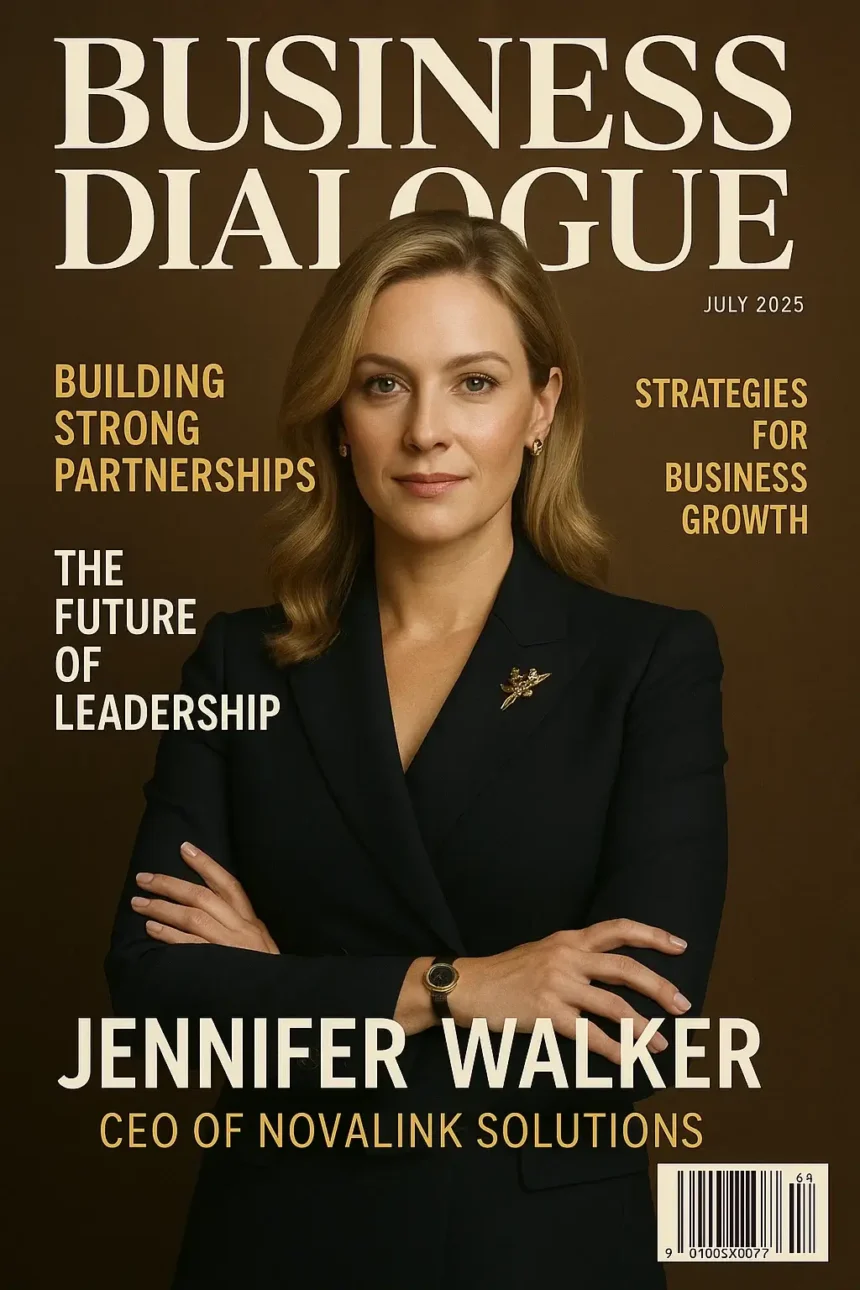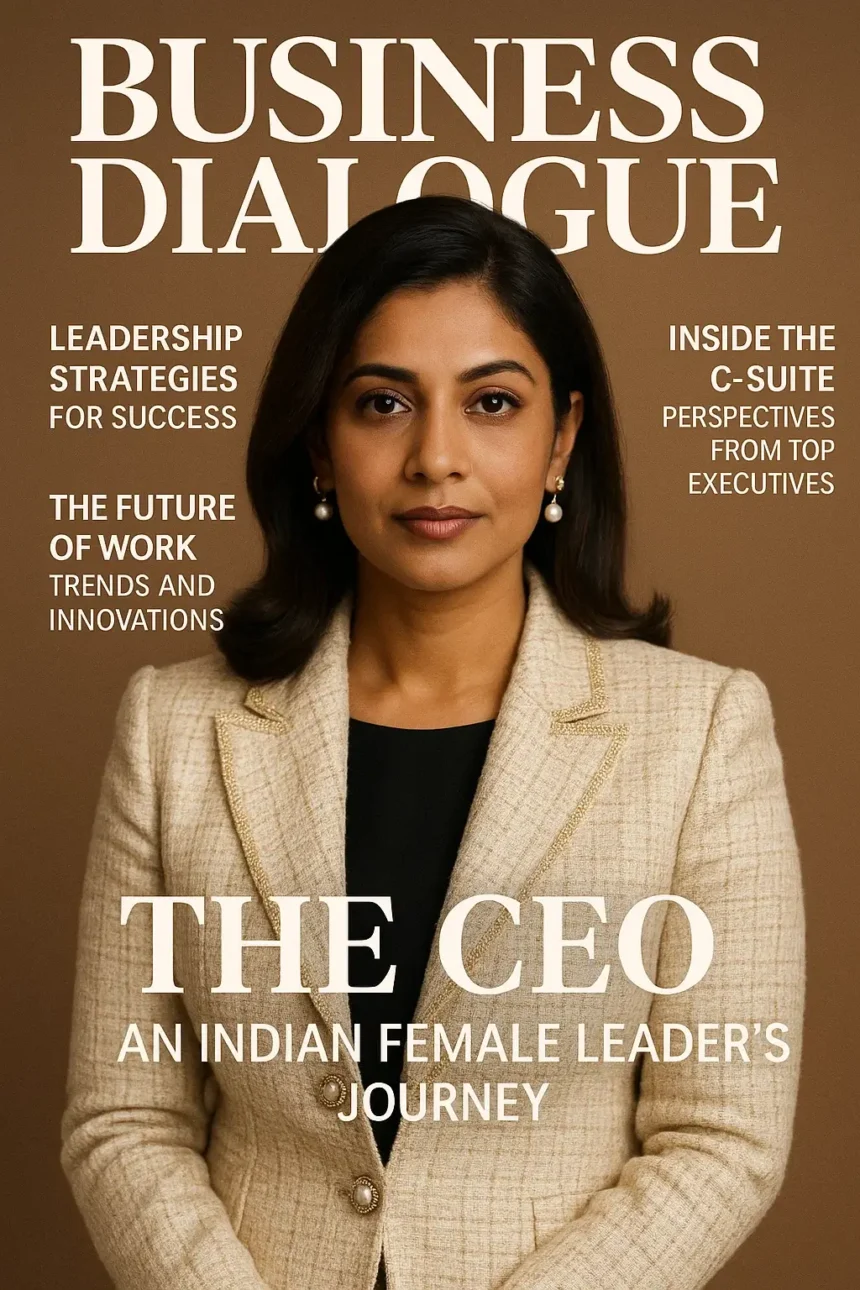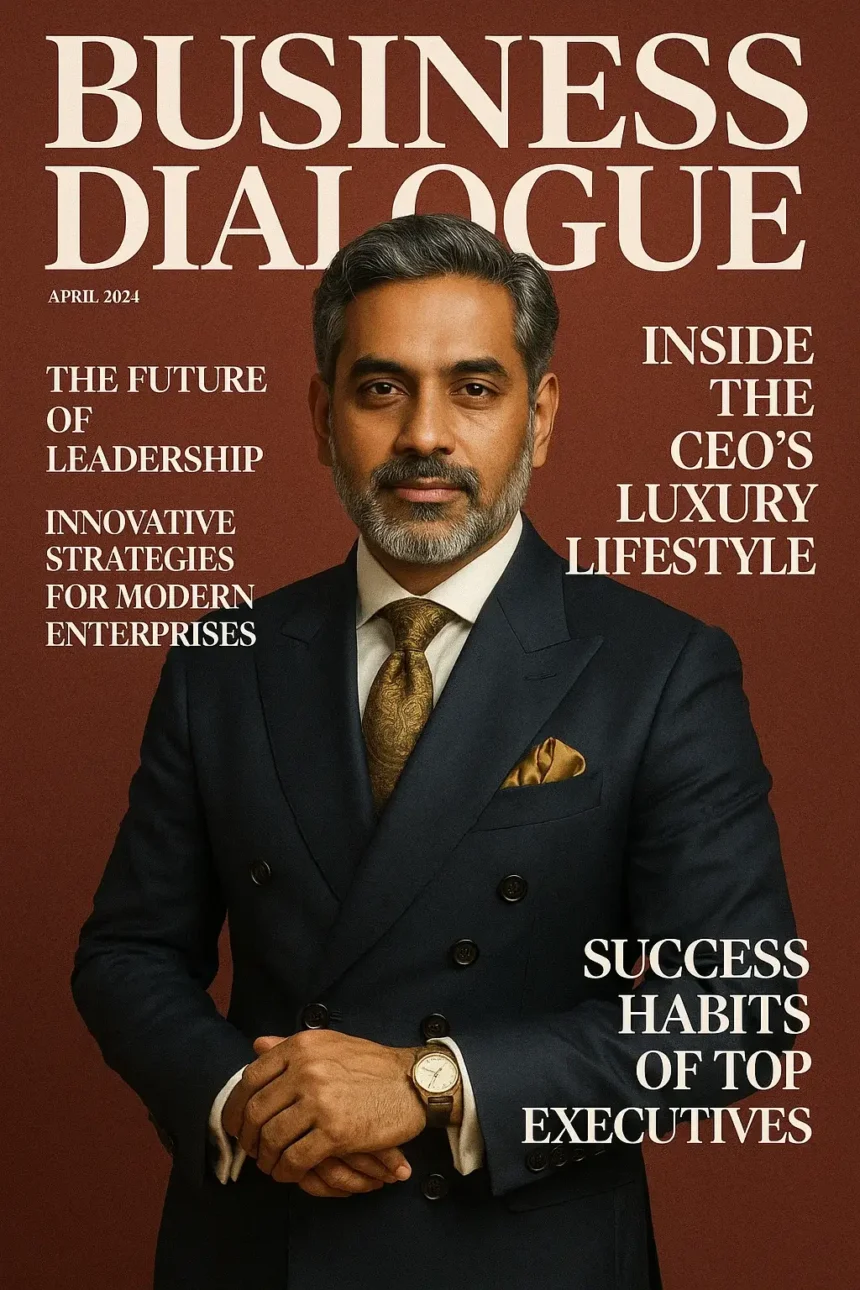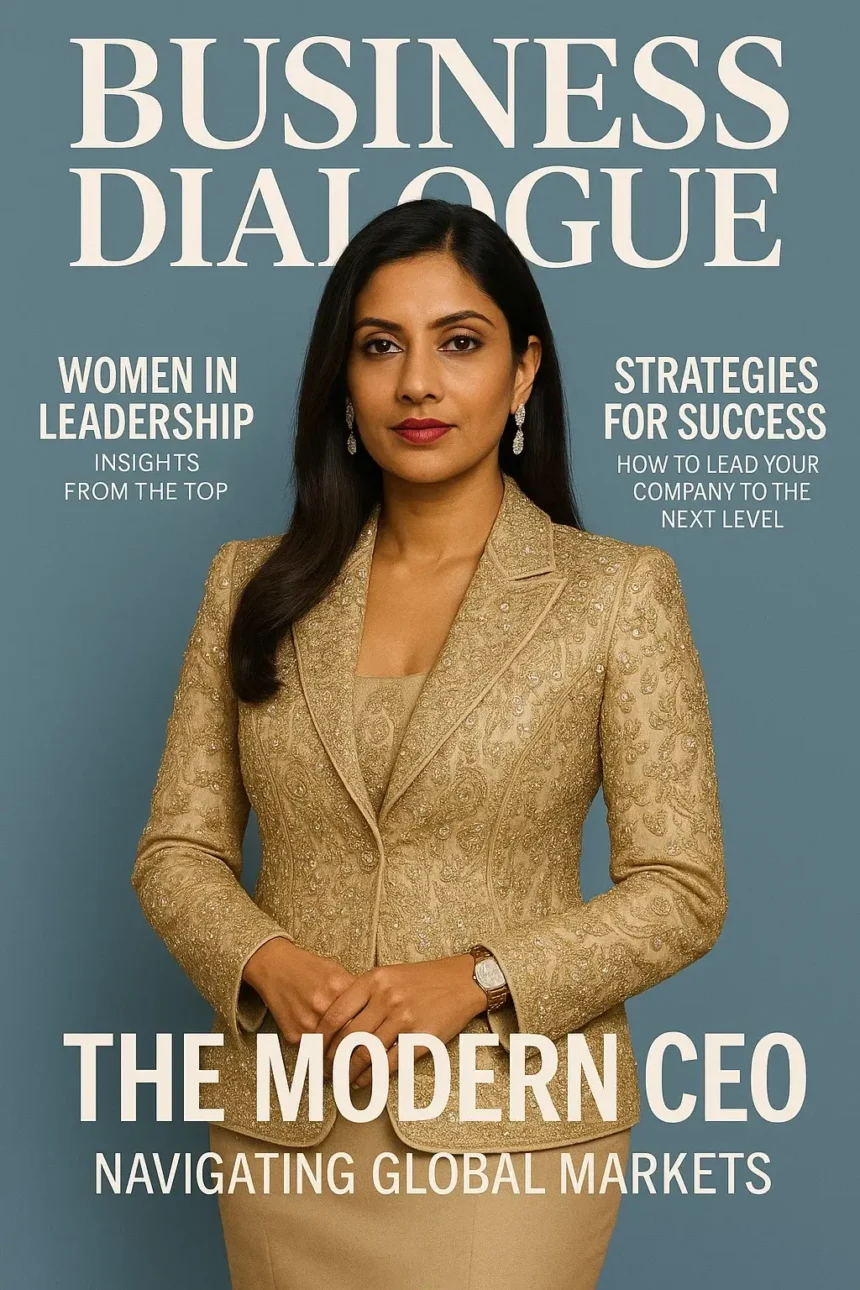Flipkart Acquires Pinkvilla to Chase Gen Z Shoppers: Strategic Move in Content-Commerce Era and E-Commerce Evolution
In a bold strategic pivot toward content-driven commerce, Indian e-commerce titan Flipkart has acquired a majority stake in digital infotainment platform Pinkvilla India Private Limited for an undisclosed sum, aiming to captivate the elusive Gen Z and millennial demographics. Announced on September 1, 2025, this acquisition marks Flipkart’s foray into blending entertainment with shopping, leveraging Pinkvilla’s vibrant ecosystem of Bollywood gossip, fashion trends, beauty tips, and lifestyle content to drive user engagement and conversions. With Gen Z projected to command 40 percent of India’s consumer spending by 2030, this move positions Flipkart as a frontrunner in the race to own youth attention, potentially reshaping how e-commerce platforms court younger audiences through immersive, narrative-led experiences.
Why This Acquisition Matters
Flipkart’s investment in Pinkvilla isn’t just about expanding its portfolio; it’s a calculated bet on content as the new currency in e-commerce. By tapping into Pinkvilla’s 45 million monthly active users and its stronghold in entertainment and lifestyle verticals, Flipkart seeks to infuse its platform with shoppable content, influencer-driven recommendations, and trend insights that resonate with digitally native shoppers. For CEOs navigating the post-pandemic retail landscape, this underscores the shift from transactional e-commerce to experiential ecosystems, where storytelling and community building fuel loyalty and sales.
Latest Economic Events Leading to the Acquisition
The deal was unveiled amid Flipkart’s aggressive push into video and content commerce, following a series of Gen Z-focused initiatives earlier in 2025. On September 1, Flipkart confirmed the majority stake purchase, with reports suggesting it could be as high as 75 percent valued at around $15 million, though official figures remain undisclosed. This comes on the heels of Flipkart’s July 2025 rollout of short-form video features and creator studios, designed to mirror the success of platforms like TikTok Shop in blending entertainment with instant purchases.
Key Announcement Highlights
Flipkart executives highlighted the synergy, noting Pinkvilla’s ability to provide real-time trend data and user-generated content that can be seamlessly integrated into shopping journeys. Pinkvilla’s CEO, Nandini Shenoy, expressed enthusiasm for the partnership, emphasizing shared goals in empowering creators and audiences. The acquisition aligns with Walmart-owned Flipkart’s broader strategy to counter rivals like Amazon and Reliance’s JioMart, which have also ramped up content investments.
Related Market Developments
In August 2025, India’s e-commerce sector saw a 25 percent surge in Gen Z-driven sales during festive previews, underscoring the demographic’s influence. Concurrently, regulatory nods for foreign investments in digital media eased the path for such deals, while global trends like Shein’s content-commerce model inspired similar moves in India.
Historical Context of Flipkart and Pinkvilla
Flipkart, founded in 2007 by Sachin Bansal and Binny Bansal as an online bookstore, has transformed into India’s leading e-commerce platform, acquired by Walmart in 2018 for $16 billion. Its journey includes expansions into fashion via Myntra (2014) and travel with Cleartrip (2021), reflecting a pattern of strategic acquisitions to diversify beyond core retail.
Pinkvilla, also launched in 2007 by Nandini Shenoy—a former Microsoft software engineer—began as a Bollywood gossip blog to fill a void she felt while living in the US. It gained traction in 2009 with viral content like Sonam Kapoor’s photos, evolving into a multilingual platform covering Hindi, Telugu, Tamil, and international entertainment. By 2015, it had expanded to lifestyle and fashion, amassing a loyal Gen Z following through social media and user engagement.
Milestones in Their Trajectories
- 2007-2010: Flipkart pivots to electronics; Pinkvilla builds Bollywood niche.
- 2011-2015: Flipkart hits unicorn status; Pinkvilla diversifies into fashion.
- 2016-2020: Flipkart acquires Jabong; Pinkvilla launches e-commerce tie-ups.
- 2021-2024: Flipkart focuses on super apps; Pinkvilla grows to 45 million MAUs.
- 2025: Acquisition merges their paths for content-commerce synergy.
This history reveals parallel growth in digital spaces, with both companies adapting to India’s youth bulge and smartphone boom.
Future Scopes and Projections
Post-acquisition, Flipkart plans to integrate Pinkvilla’s content directly into its app, enabling features like shoppable videos where users can buy outfits featured in celebrity stories. Analysts project this could boost Flipkart’s Gen Z user base by 20 percent within a year, with revenue from affiliate marketing and ads potentially adding $100 million annually by 2027.
Long-Term Strategic Outlook
By 2030, the combined entity could pioneer AI-driven personalized content feeds that predict shopping needs based on entertainment preferences, expanding into live commerce events and metaverse experiences. Future scopes include global outreach, leveraging Pinkvilla’s international audience for Flipkart’s cross-border e-commerce ambitions.
Potential Challenges
Integration risks, such as maintaining Pinkvilla’s editorial independence, and competition from Instagram Shops could pose hurdles. However, with India’s digital economy slated to hit $1 trillion, opportunities in tier-2/3 cities abound.
Impacts on the Indian E-Commerce Landscape and Stakeholders
This acquisition is set to accelerate content-commerce adoption, potentially increasing Flipkart’s market share from 35 percent to 40 percent by attracting 10 million new young users. Economically, it could spur job creation in content creation and tech, while boosting advertiser spends on integrated platforms.
Sector-Wise Impacts
E-Commerce and Retail
Rivals may accelerate similar acquisitions, fostering a wave of media-tech mergers and enhancing user retention through engaging content.
Media and Entertainment
Pinkvilla gains scale, potentially elevating Indian digital media on global stages, while creators benefit from monetization tools.
Consumer Behavior
Gen Z shoppers could see more seamless experiences, blending discovery with purchases, influencing spending patterns toward impulse buys.
Investment Ecosystem
The deal validates content as an investment theme, drawing VC funds to similar startups and signaling maturity in India’s startup scene.
User Base and Engagement Comparison
| Platform | Monthly Active Users (Millions) | Primary Demographic | Key Content Focus |
|---|---|---|---|
| Flipkart | 200 | All ages | E-commerce, deals |
| Pinkvilla | 45 | Gen Z, Millennials | Entertainment, lifestyle |
| Combined | 245 (projected) | Youth-focused | Content-led shopping |
This table highlights the synergistic potential, amplifying reach and relevance.
Frequently Asked Questions (FAQs)
What is the value of Flipkart’s acquisition of Pinkvilla?
The deal amount is undisclosed, but unconfirmed reports suggest around $15 million for a 75 percent stake.
Why did Flipkart acquire Pinkvilla?
To deepen engagement with Gen Z and millennials by integrating infotainment content, gaining trend insights, and driving content-commerce opportunities.
What is Pinkvilla’s background?
Founded in 2007 by Nandini Shenoy, it started as a Bollywood gossip site and grew into a lifestyle platform with 45 million MAUs.
How will this impact Gen Z shoppers?
It promises more personalized, entertaining shopping experiences with shoppable content tied to trends and celebrities.
What are the future plans for integration?
Flipkart aims to embed Pinkvilla’s content into its app for seamless commerce, with expansions into video and AI features.

